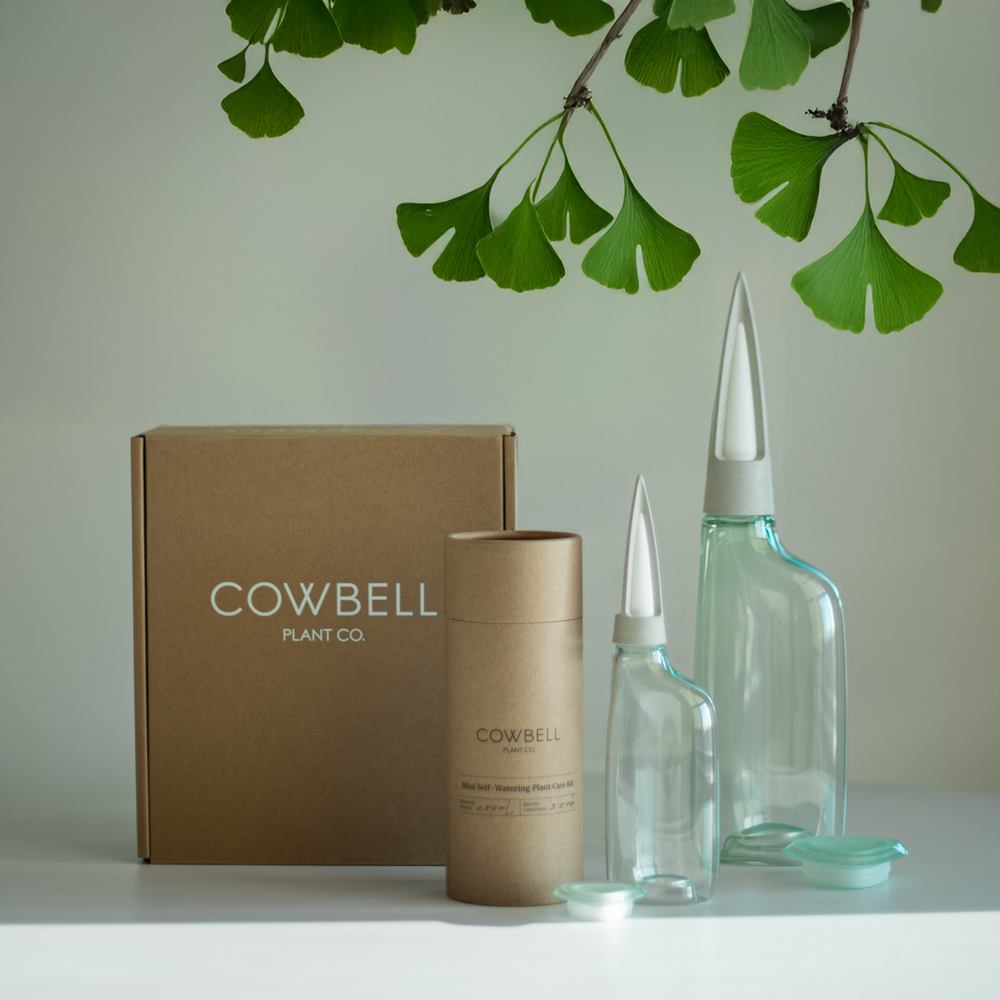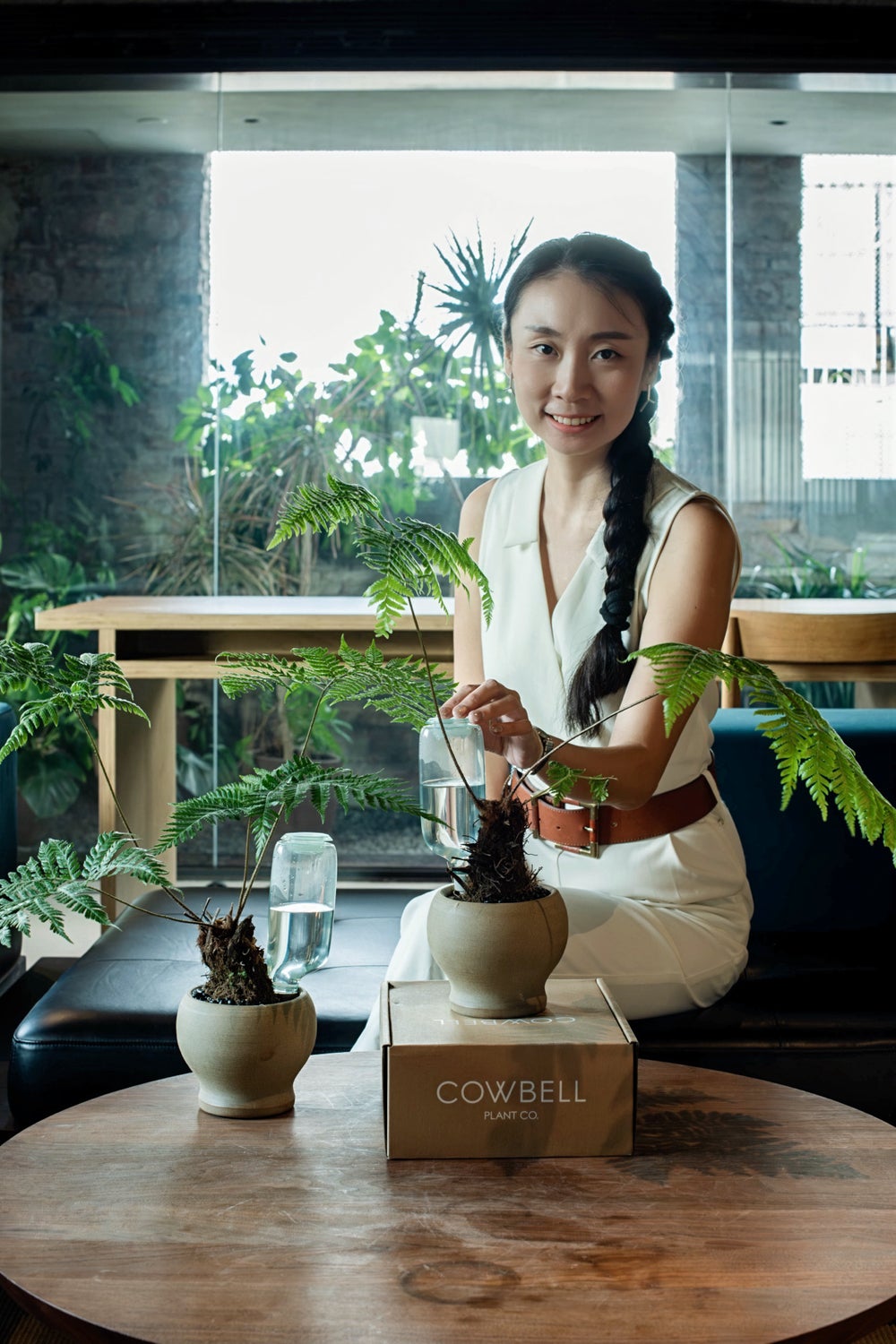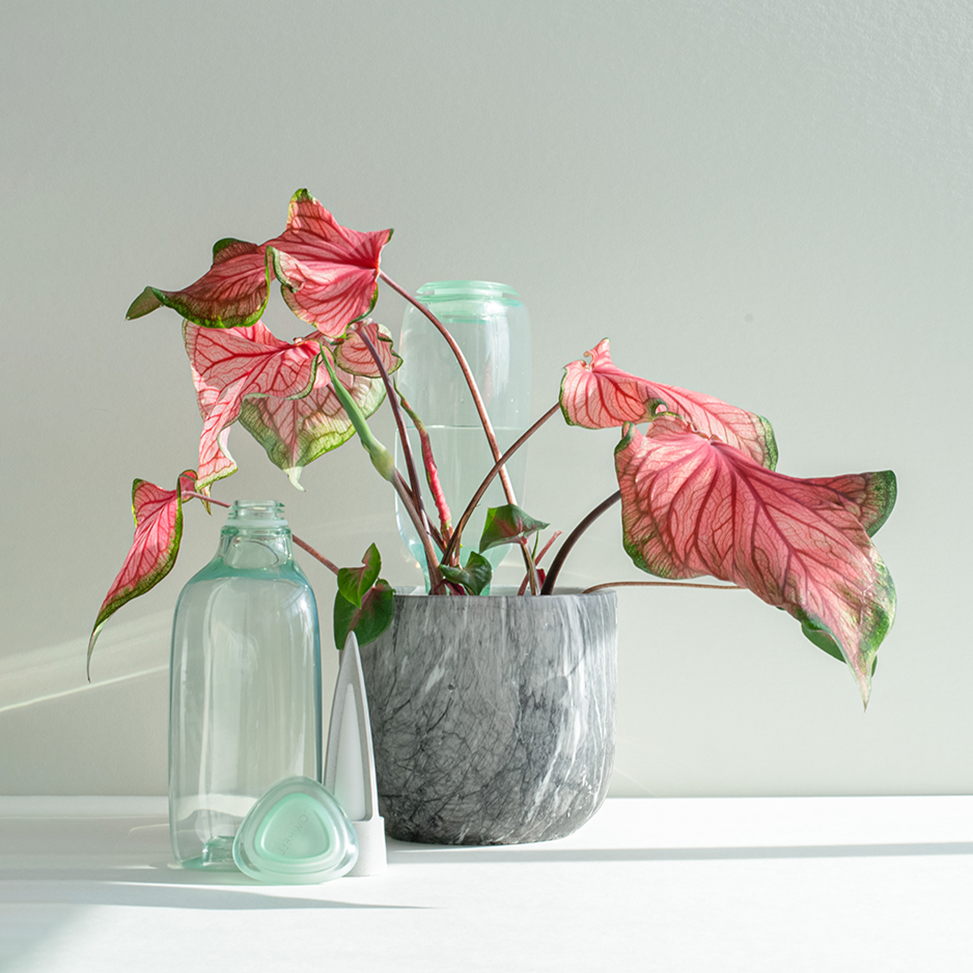This MIT Grad Quit Wall Street to Grow a Side Hustle That Can Give You a Green Thumb: ‘Plants Are the New Pets’
People took new interest in houseplants during the pandemic — and this founder seized the opportunity to innovate.
Key Takeaways
- Today, more than one-third of U.S. adults have side hustles, according to Bankrate.
- Learn how one entrepreneur solved an everyday problem and started a business.
It’s the era of the side hustle, and if you’ve ever considered starting one to earn some extra cash outside of your 9-5, you’re in good company. These days, more than one-third of U.S. adults have side hustles, and their supplemental gigs make an average of $891 a month, according to recent research from Bankrate. Of course, the most successful side hustlers see much higher earnings, especially when they start a business that brings in nearly as much as — or significantly more than — their full-time sources of income.

Image Credit: Courtesy of Cowbell Plant Co.
Jeanna Liu, a 40-year-old MIT graduate based in Miami, Florida, is one of those side hustlers. Learn how Liu started and grew her side hustle here.
What was your day job or primary occupation when you started your side hustle?
I was an investment banker focused on tech/media mergers and acquisitions.
When did you start your side hustle, and where did you find the inspiration for it?
Cowbell Plant Co. soft-launched in 2023, but we spent a few years on R&D and product development prior to that. In my corporate roles, I traveled for work, sometimes for weeks at a time. When I returned home, my plants would often be sad or dead, so I needed to solve my own problem. I tried every self-watering system on the market and found nothing that lasted as long as I needed and certainly nothing that was aesthetically pleasing or sustainably made.
What were some of the first steps you took to get your side hustle off the ground?
Because I was inventing a brand-new product with a lot of physics and chemical variables, I spent a couple of years on R&D and product design before it went into production. The very early days included just getting the right people in the room who could turn my concepts into CAD renderings and prototypes. Once the product was prototyped, I had to figure out how to manufacture it consistently at scale. We have a three-continent supply chain now, with specialized components being manufactured in a few different countries.

Image Credit: Courtesy of Cowbell Plant Co.
What were some of the biggest challenges you faced while building your side hustle, and how did you navigate them?
The biggest challenge at the beginning was finding factories that were willing to manufacture various components that go into the product in small quantities. Most manufacturers aren’t even willing to take your call unless you’re looking to order 10,000 units of something. But I just kept calling and searching. Thomasnet (owned by Xometry) was the best resource for contract manufacturing research.
I also think it’s important to talk about manufacturing onshoring. I wanted to have as much of our product made in the U.S. as possible, but after calling over 35 ceramics makers in the country, every single one said that the type of upstream manufacturing I needed had long been outsourced to Asia and it would be impossible to find anyone in the U.S. to make it for even a 10x cost premium. So, there are some components that we had no choice but to make in Asia and Europe, and that was an illuminating lesson in the reality of manufacturing onshoring and vertical supply chain integration.

Sustainability is also one of Cowbell’s core pillars, so it was imperative for us to find manufacturers that were willing to experiment with sustainable materials and carbon-neutral processes. But the way legacy manufacturing processes are set up, there is so little incentive for factories to make things differently than they’ve been doing for decades. That means startups and small businesses bear 100% of the brunt of these costs, which are ultimately passed on to price-conscious consumers, so there is tremendous friction at every juncture to do anything sustainably at scale.
This was where I almost gave up. But after spending a few months camped out at factories, we not only found innovative, sustainable materials that were also economical but also factories that were willing to experiment until we got it right.
How long did it take you to see consistent monthly revenue? What does growth and revenue look like now?
We were able to generate sales right away through our website (powered by Shopify) and Flip. After a few months, we expanded product distribution into retail stores. We are growing year over year and first order profitable, so we’re really excited to continue scaling the business in 2025.
What do you enjoy most about running this business?
I love meeting the plant community and talking to our customers. In particular, my favorite thing is hearing our customer success stories with plants after using our products. Plants are the new pets, and our customers are so passionate about giving their plants the best care. Plant people are really just the coolest humans.
 Image Credit: Courtesy of Cowbell Plant Co.
Image Credit: Courtesy of Cowbell Plant Co.
What’s your advice for others hoping to start successful side hustles or full-time businesses of their own?
As a founder, you’re going to face a hundred high-stakes decisions that could turn into expensive mistakes. When this happens, don’t overthink it (guilty!). Options paralysis is your worst enemy. Overthinking and running Monte Carlo simulations for days will not get you to the right answer. The best thing to do is to take a small step in any direction, ideally quickly. That’s the only way to gain more information and clarity. Accept that the path to your goals is unlikely to be a straight line. You will need to course correct.
Many days I wish I had a co-founder. If you can find a co-founder right away who shares your passion and has different complementary skill sets, do it. That said, don’t let this be the reason you don’t start.
And if you ever find yourself in the fetal position at 3 a.m., wondering what possessed you to embark on this journey, get up and keep going because it likely means you’re on the right track and closer than you think.
Key Takeaways
- Today, more than one-third of U.S. adults have side hustles, according to Bankrate.
- Learn how one entrepreneur solved an everyday problem and started a business.
It’s the era of the side hustle, and if you’ve ever considered starting one to earn some extra cash outside of your 9-5, you’re in good company. These days, more than one-third of U.S. adults have side hustles, and their supplemental gigs make an average of $891 a month, according to recent research from Bankrate. Of course, the most successful side hustlers see much higher earnings, especially when they start a business that brings in nearly as much as — or significantly more than — their full-time sources of income.
The rest of this article is locked.
Join Entrepreneur+ today for access.
Already have an account? Sign In






